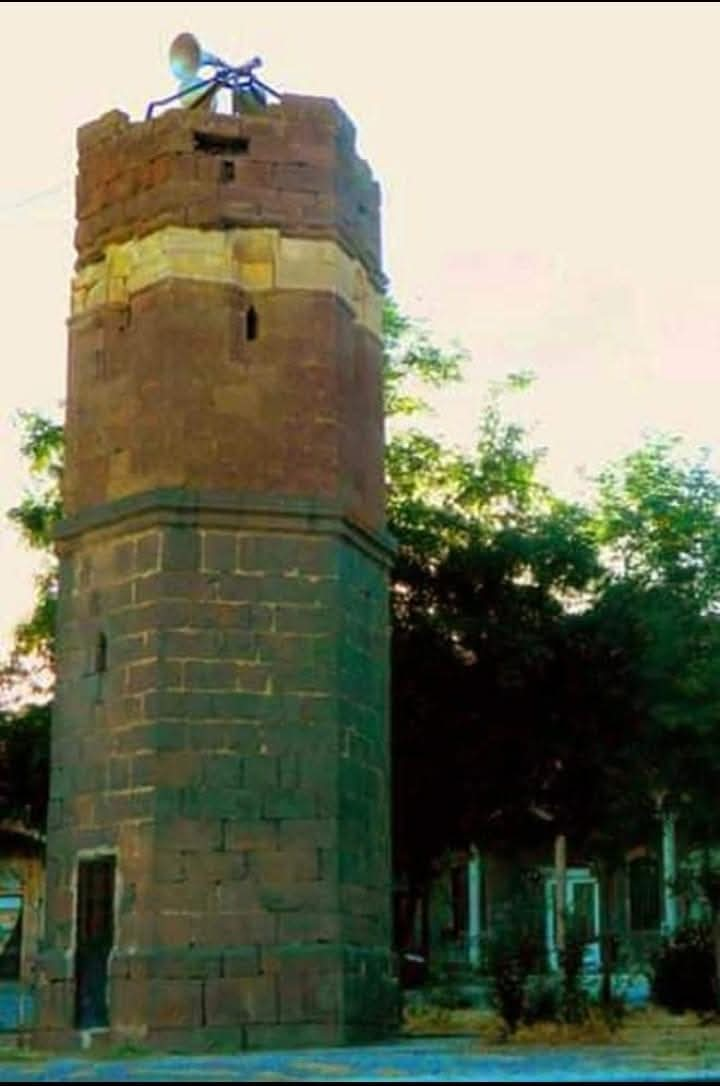In the heart of southern Salkhad, perched on a hill overlooking the old alleyways and densely built stone houses, the Great Mosque of Salkhad stands as one of the most prominent religious and historical monuments in the As-Suwayda Governorate. Its construction dates back to the Ayyubid or Mamluk period, with clear evidence of reused architectural elements from earlier eras such as the Byzantine and Roman—making the mosque a living example of layered civilizational heritage in the mountain’s architectural history.
Built from the region’s distinctive black basalt stone, the mosque is characterized by its solid construction, spacious halls, and domed ceiling supported by stone arches that bear clear Mamluk stylistic features. One of its most striking elements is the square-shaped minaret, rising above the surrounding buildings. Historically, it served both religious and defensive functions—as a call to prayer and as a watchtower.
Inside, a carefully carved stone mihrab stands beside a modest wooden minbar, reflecting the spirit of simplicity and austerity that typifies the architecture of mosques in mountainous regions. The mosque’s outer courtyard once served as a daily gathering place for the townspeople—a center for education, jurisprudence, and communal life, granting the mosque a role far beyond worship.
Over the centuries, the mosque has undergone several restorations that have preserved its original spirit while incorporating additions that reflect different historical phases. Despite the urban changes the city has witnessed, the Great Mosque of Salkhad still stands with dignity—echoing both the silence of stone and the voice of history.
Documenting the Great Mosque of Salkhad is a celebration of one of the spiritual and architectural pillars of As-Suwayda’s identity—a core element of its collective memory, blending faith, knowledge, heritage, and the deeply rooted simplicity of the mountain.







